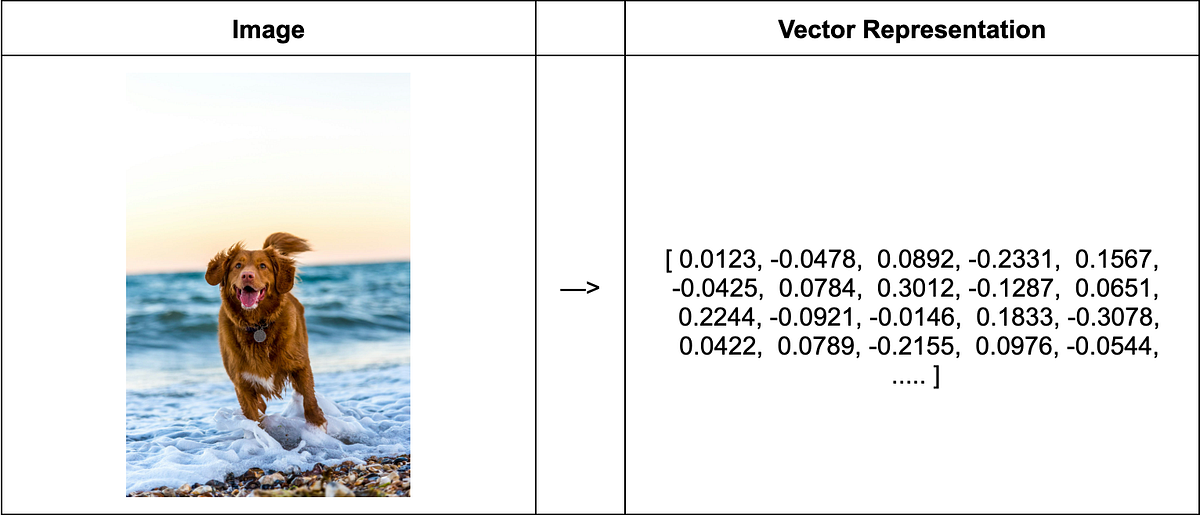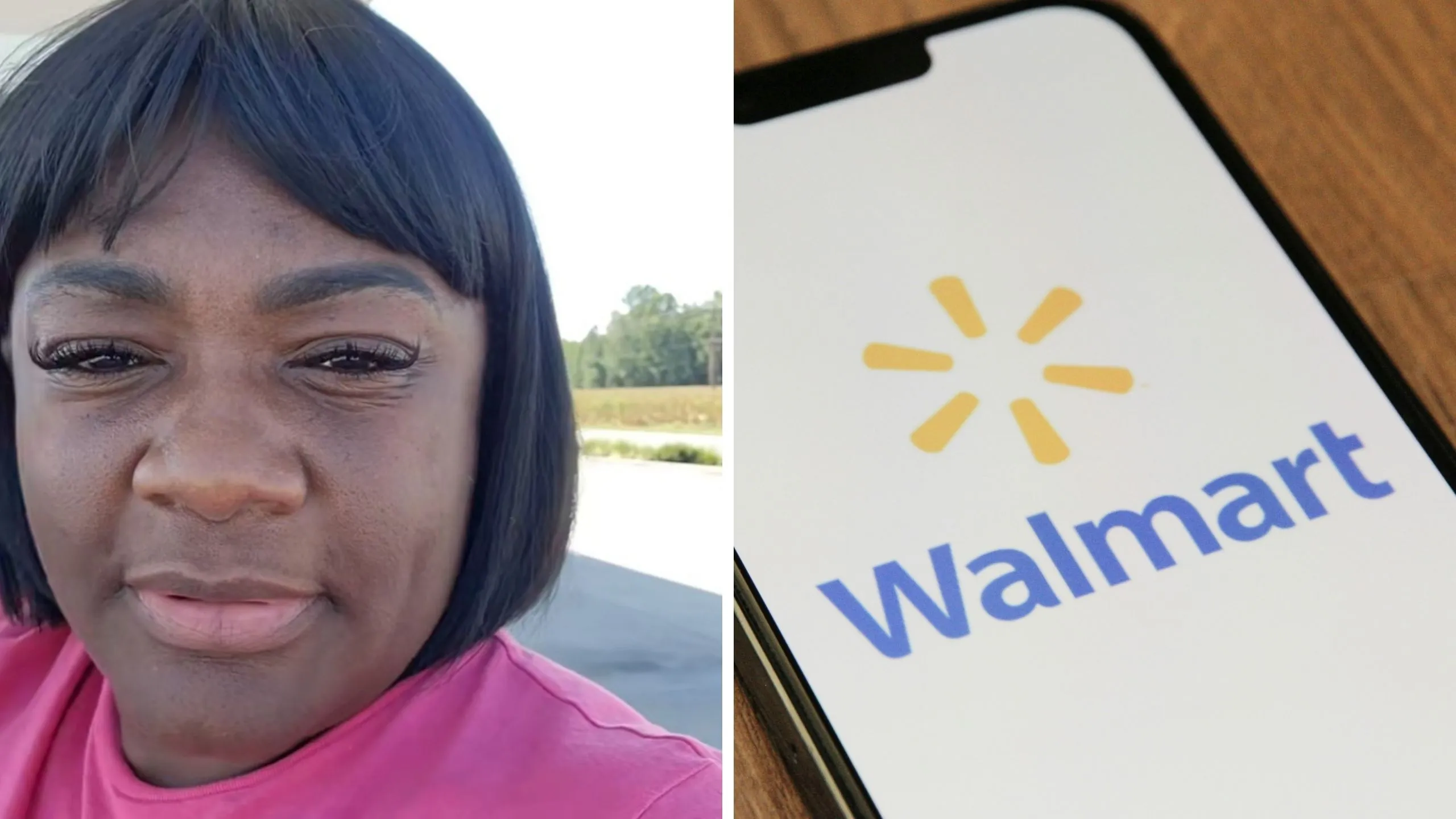Summary
Personalization is all around us. Sometimes it feels like the apps I use know me better than I know myself. Spotify curates the perfect playlist for my Tuesday drive home. Netflix cues up movies from the genre I like to watch on Fridays. Amazon recommends things I need before Ive even thought of them.
Personalization is no longer optional for businesses. Users expect (and want) it. In fact, the world is heading toward hyper-personalization, where AI and ML create unique and highly relevant experiences for each of us at scale. At the center of this shift lie Embeddings and Semantic Search.
Embeddings convert data (words, images, audio, or video) into arrays of numbers that capture meaning and relationships. Similar concepts get similar number patterns, allowing AI systems to understand relationships mathematically rather than just matching exact words or pixels.
Heres an example of a vector representation of an image –
Each number represents a dimension in a multi-dimensional mathematical space (like coordinates, but with hundreds or thousands of dimensions instead of just X, Y, Z). Similar images will have vectors that are close together in this space. In this example, the dog photo vector will be closer to the vector for the text dog on a beach than to car.
While embedding concepts existed earlier, they gained prominence when Google popularized efficient word embeddings in 2013 with their word2vec technique, showing that neural networks could represent words as vectors in a continuous semantic space. A few years later, with advances in transformer models like BERT in 2018, search systems could move beyond simple keyword matching and start retrieving results based on meaning and context — what we now call semantic search.
Semantic search is a search approac
Source:
Exclusive AI-Powered News Insights (For Members only)
Disclaimer:This content is AI-generated from various trusted sources and is intended for informational purposes only. While we strive for accuracy, we encourage you to verify details independently. Use the contact button to share feedback on any inaccuracies—your input helps us improve!





